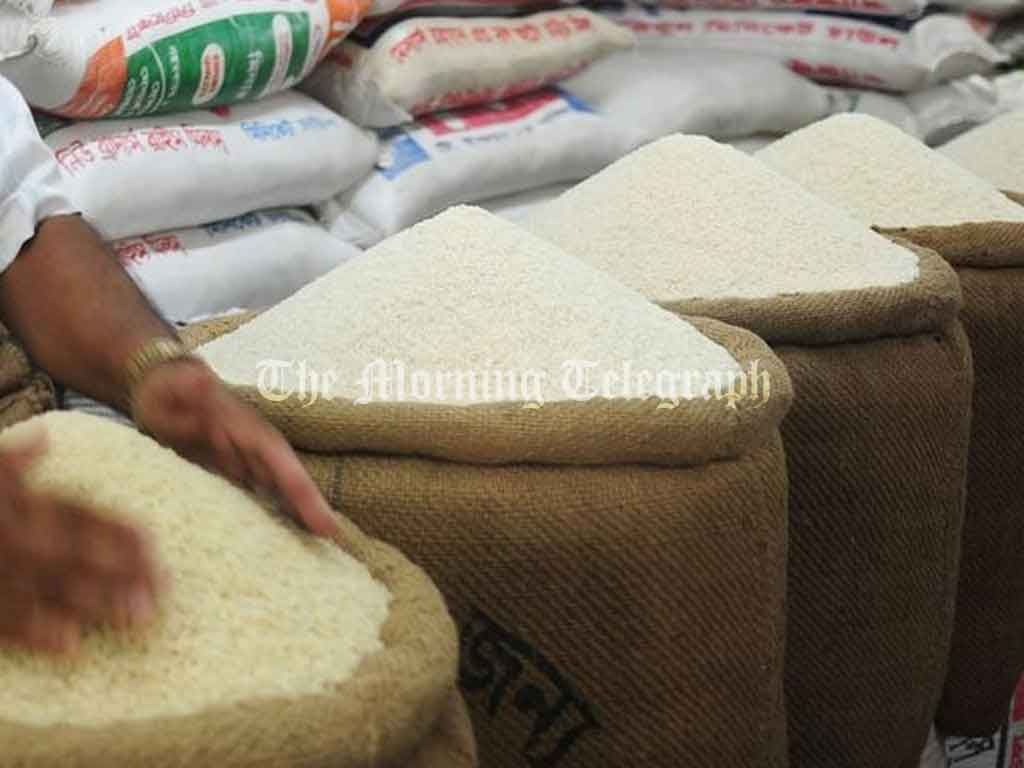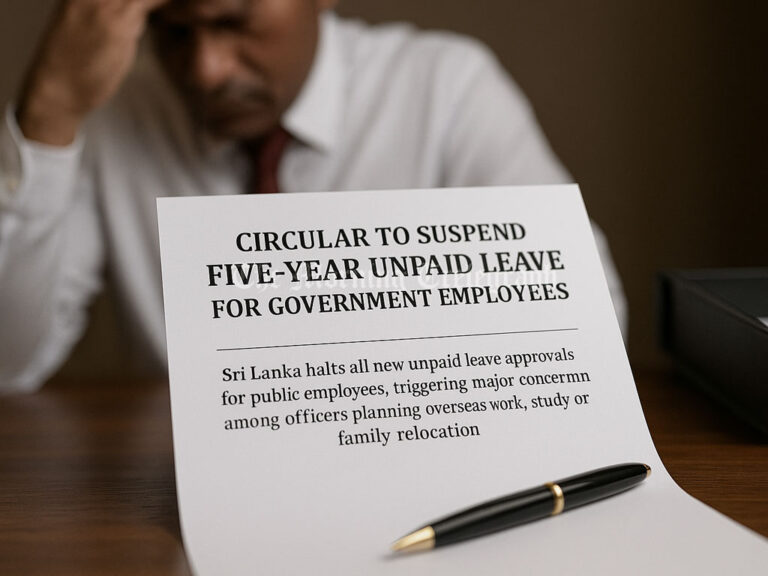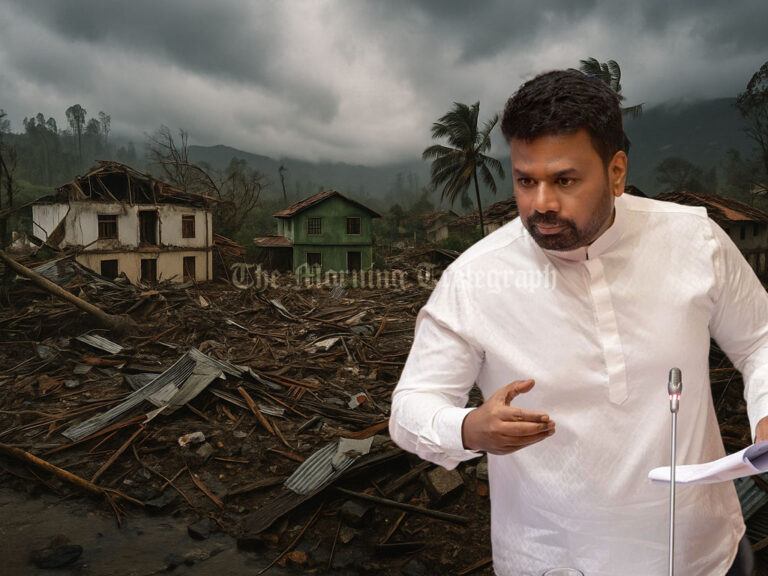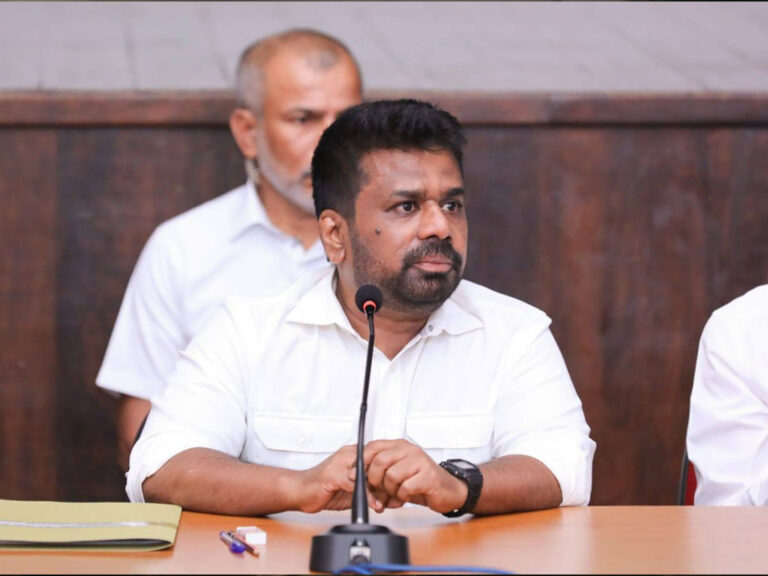
In response to the ongoing rice shortage, the government has announced plans to import 70,000 metric tons of Nadu rice from India. Minister of Trade Wasantha Samarasinghe stated that the imports will be facilitated through Sathosa and the State Commercial Various Legalized Corporation to stabilize rice supplies in the country.
The decision follows a lengthy discussion between key rice importers and top officials from Sathosa, during which it was determined that importing rice would act as a stopgap measure until the next paddy harvest. The government intends to ensure availability and affordability for consumers, particularly during this critical period.
This move has drawn attention due to contrasting statements from President Anura Dissanayake, who recently asserted that the country has sufficient rice stocks and does not need imports. The divergence in viewpoints highlights an ongoing debate about the best approach to addressing the crisis.
Importing rice from India is also seen as a strategy to challenge domestic rice mill owners, who have faced accusations of stockpiling and price manipulation. The government’s intent is to “teach the big mills a good lesson” by bypassing their control over the market and ensuring direct access to affordable rice for the public.
The rice shortage has led to rising prices and concerns over food security, prompting the government to act swiftly. While some hail the import decision as a practical solution, critics argue that it may undermine local farmers and the country’s agricultural sector. The situation remains tense as stakeholders await the impact of the imports on both the market and the broader economy.




